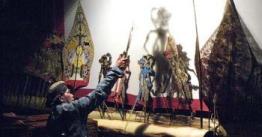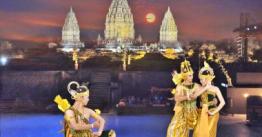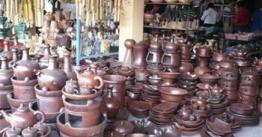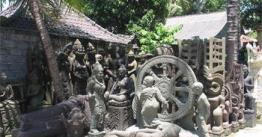You are here
Ijen Crater
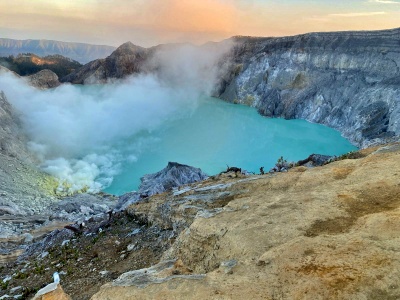
Ijen Crater is one of Indonesia's geological wonders, located within the Ijen Nature Tourism Park Nature Reserve on the border of Banyuwangi and Bondowoso Regencies, East Java. This crater is world-famous for two main phenomena: the world's most acidic sulfur crater lake and the rare phenomenon of Blue Fire.
Natural Beauty and Unique Phenomena
Ijen Crater is located at an altitude of approximately 2,368 meters above sea level (masl). Within it lies a stunning blue-green crater lake, approximately 200 meters deep. This lake has a very high acidity level (approaching pH 0), making it the world's acidic volcanic lake—corrosive enough to dissolve organic matter. In the early morning, before sunrise, Ijen Crater exhibits the Blue Fire phenomenon, which occurs when high-temperature sulfur gas (up to 600°C) escapes from cracks in the rock and meets the air, igniting an electric blue flame. The water volume in this crater lake is estimated to reach 200 million cubic meters. Note: The mountain near the Ijen Crater and often visible from this location is Mount Merapi in the Ijen Complex (not the distant Mount Merapi in Yogyakarta).
Best Routes and Visiting Times
The starting point for the Ijen Crater hike is at the Paltuding Post. There are two main routes to reach Paltuding:
- From Banyuwangi (West Route): Approximately 38 km via Licin and Jambu Villages. This route is known for its steep ascents and descents, requiring extra caution.
- From Bondowoso (East Route): Approximately 70 km via Wonosari and Sempol Villages. This route is generally considered gentler and more manageable, making it a popular choice for tourists.
The best time to visit the Ijen Crater is during the dry season, between May and October, when the weather is clear and the risk of rain is minimal, making it ideal for night hikes and viewing the Blue Fire.
Copyright © 2025,

